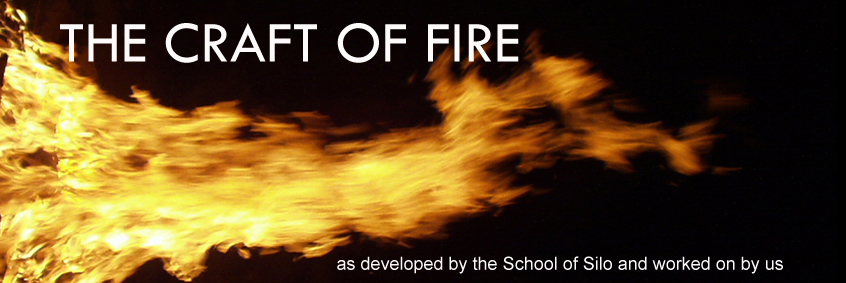Burnishing and Burning

I let the insulating layer of the oven dry very slowly, often covering it with a tarp if it was too hot out, and letting it dry more in the evening. I think it was about a week. I was also thinking about putting a finish on it - some people coat their ovens with plaster, for example. I liked the idea of a simple burnish. When the mud is "leather-dry," polish it slowly with the back of a spoon and it'll shine. It's quite hypnotic, actually, to polish a mud oven with a spoon. You should try it sometime. Here you can see the difference in finish. It's also a great way to smooth over any cracks. It turned out quite well, in fact. If I do say so myself. Finally, it was time to inaugurate our new backyard companion with the trial by fire. And there it is: the mud oven reborn! We look forward to learning all about the personality and peculiarities of this one. And to once again having friends over, to enjoy all the social elements that fire fosters.



